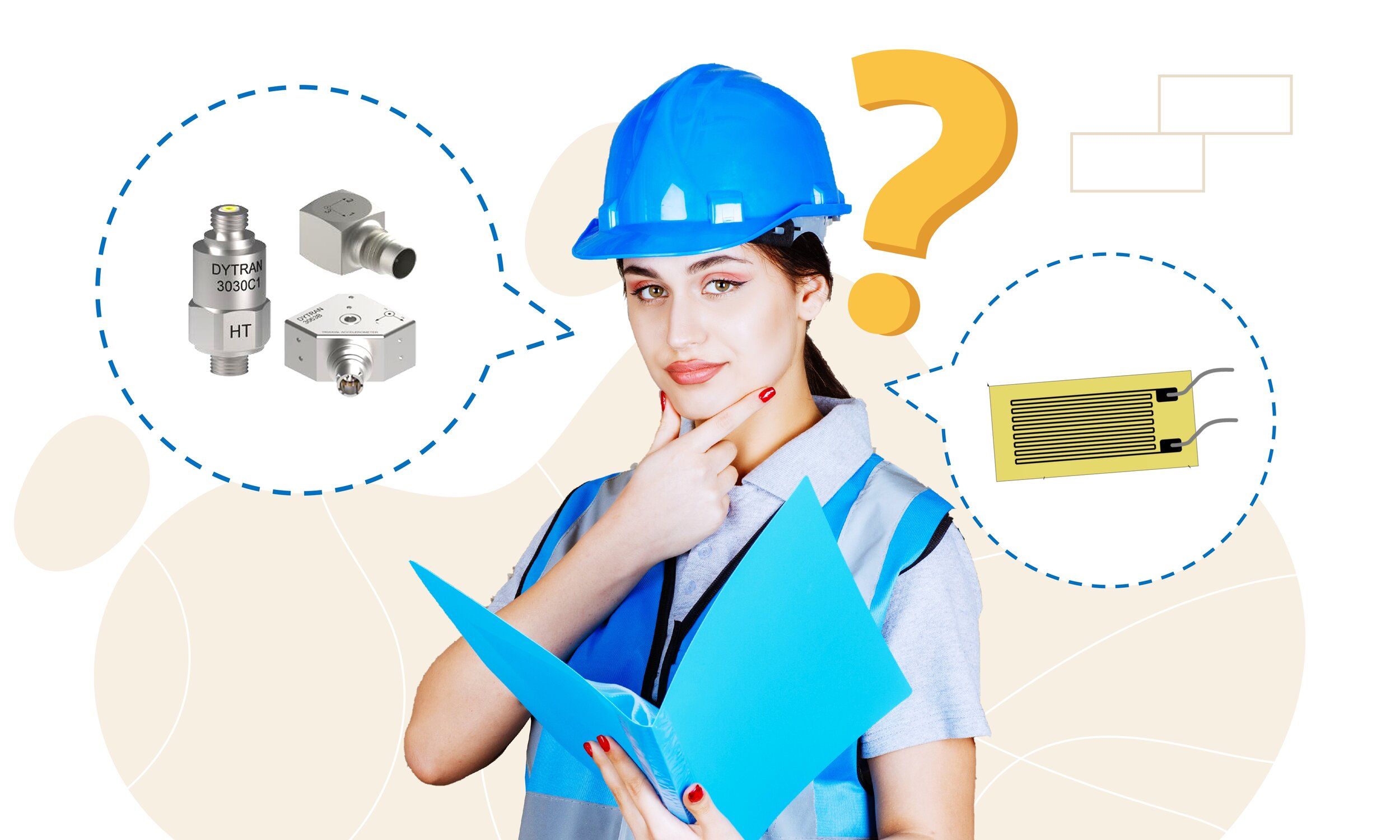For ideal performance of a system, machine or equipment, it is necessary to continuously monitor the parameters like speed, temperature, pressure, and vibration.
Monitoring changes in any of these parameters could solve any downtime, machine damage and/or predict future breakdowns, which results ultimately in financial loss. Among these parameters one of the best operating parameters to judge dynamic conditions is vibration.
A vibration sensor is a device that measures the amount and frequency of vibration in a given system, machine, or equipment.
Types of Vibration Sensor
Let’s see below 3 different types of sensors to monitor vibration.
Accelerometers - are devices that measure the vibration or acceleration of motion of a structure. They have a transducer that converts mechanical force caused by vibration or a change in motion, into an electrical current using the piezoelectric effect.
Strain Gauge - is a vibration sensor that measures the strain on a machine component. It is a sensor whose resistance varies with applied force. It converts force, pressure, tension, weight, etc., into a change in electrical resistance which can then be measured.
Eddy-Current or Capacitive Displacement sensor - are non-contact devices that measure the position and/or change of position of a conductive component. These sensors operate with magnetic fields.
These sensors are the most common vibration sensors but they are not the only option for your application.
How to Choose a Vibration Sensor
So that the sensor will perform the best in your application, when choosing a vibration sensor it is important to look at factors such as:
Range and accuracy
Environment conditions
The shape of the measuring surface
Out of the three vibration sensors mentioned above, the accelerometer is the most common because it has a good range of frequency, meaning it can sense slow and fast applications.
In addition, accelerometers are priced affordably and are durable. They do have to be mounted directly to the machine which is common for vibration sensors.
Vibration Sensor calibration
The accuracy of all measuring devices including the vibration sensors degrades over time. This is typically caused by normal wear and tear. However, changes in accuracy can also be caused by electric or mechanical shock or a hazardous manufacturing environment (e.x., oils, metal chips etc.). Depending on the type of the instrument and the environment in which it is being used, it may degrade very quickly or over a long period of time.
To improve the accuracy of your vibration sensors you need to calibrate them.
Calibration of your vibration sensors has two objectives. It checks the accuracy of the instrument and it determines the traceability of the measurement. In practice, calibration also includes repair of the device if it is out of calibration. A report is provided by the calibration lab, which shows the error in measurements with the measuring device before and after the calibration.
ETS Solutions is an ISO 17025 SAC-SINGLAS Accredited Calibration Laboratory and will be happy to assist you with any vibration sensors calibration enquiries you may have.






